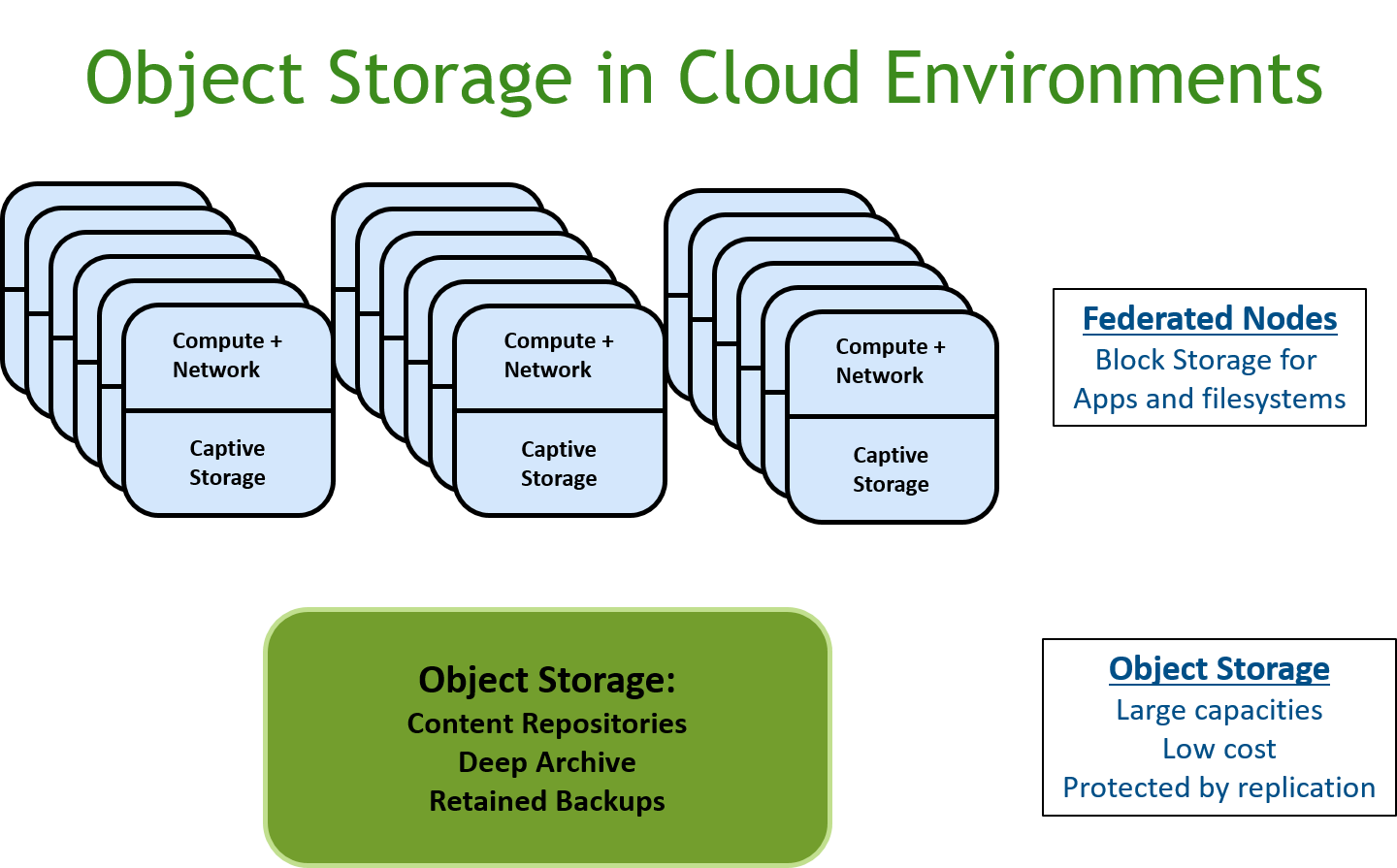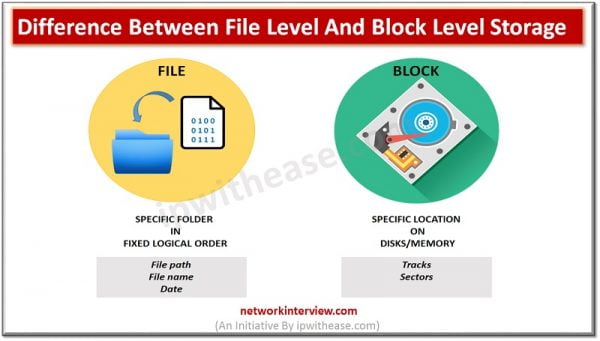
- BLOCK VS FILE STORAGE HOW TO
- BLOCK VS FILE STORAGE GENERATOR
- BLOCK VS FILE STORAGE UPDATE
- BLOCK VS FILE STORAGE DOWNLOAD
The table below holds the results, measured in hours, minutes and seconds.This can be achieved without the need for a hierarchical structure because each block has a different and unique address and exists independently of all others. Less than a minute separated the top five finishers, and just over two minutes separated the top 10. The outcome for the upload time test was close. We uploaded and downloaded the folder twice for each service, then took the average to get our final result.
BLOCK VS FILE STORAGE DOWNLOAD
Block-Level File Sync and Speedsįor our recent article on the fastest cloud storage services, we tested 17 services to see how quickly they could upload and download a 5GB folder containing many different file types. Why wouldn’t a cloud storage platform use block-level sync, especially for large files? Mainly, it’s because block-level sync doesn’t make a difference when uploading or downloading new files - it only helps when you need to upload changes quickly, usually to make sure multiple devices all hold the same version of a single file. (Note that we found some conflicting information about whether Google Drive supports block-level file sync, but ultimately discovered no evidence that it does so).

The much longer list of well-known services that don’t support differential copying includes Google Drive, Box, Icedrive, Koofr, Tresorit, Egnyte, MEGA and iCloud. Only about a third of top services support block-level file sync, including Dropbox, OneDrive, pCloud and Amazon Drive. However, among cloud sync software, it’s not as common as you’d think. Given that differential sync appears to be more efficient, especially for large databases, you might assume every cloud storage and backup service would use it. Cloud Services That Use Block-Level Copying It’s also the main area in which you’ll see competitors claiming a speed advantage. This is why the initial upload of any file on Dropbox takes longer than subsequent syncs. Of course, if the file isn’t yet stored on the servers, Dropbox (or the other block-level storage service) will have to upload the entire file. This will be important when we talk about zero-knowledge encryption. Note that the cloud storage service doesn’t need to decrypt the file to find the changed blocks. If it doesn’t match, Dropbox returns instructions to upload that block, since it contains new content. If a block in the file matches a block on the list, it doesn’t need to be synced.

When syncing each file, Dropbox checks to see if any of the hashed blocks recorded on the blocklist are missing.
BLOCK VS FILE STORAGE UPDATE
We’ll also go into why some services don’t use it, and what this all means for you.īy only uploading the parts of a file that has changed, transfer times can be reduced to fractions of what it would be to update the entire file. In this article, we’ll discuss the basic mechanics behind block-level copying, then talk about some of the cloud storage and online backup services that use this technique. Even if you just use cloud storage for personal files, faster syncing lets you upload files in a hurry and access them from other devices sooner.Īlthough block-level sync is faster than its alternatives, it’s still mainly used by Dropbox and OneDrive, which appear to have perfected the technology in a way competitors struggle to copy. The faster your sync speeds, the closer you can get to sharing real-time updates. Sync speeds are a big deal, particularly if you use cloud storage to collaborate with your coworkers. The latter should not be confused with differential backup, which refers to backing up select files from a whole device or drive. Block-level sync is also called delta sync or differential sync.There’s no conflict between block-level sync and zero-knowledge encryption.It makes for faster syncing between devices, but has little to no impact on initial upload and download speeds. Block-level sync means that a service copies only the parts of a file that have changed, rather than the entire file.There’s a reason for that, and it’s called block-level sync - sometimes known as “differential sync,” “delta sync” or “incremental backup.” Key Takeaways: We frequently hear from our readers that some of our best cloud storage services, especially Dropbox and OneDrive, sync files much faster than their competitors like Google Drive, Box and pCloud. Last Updated: 06 Feb'23 T04:01:31+00:00 Facts checked by Jasna Mishevska
BLOCK VS FILE STORAGE HOW TO
MP4 Repair: How to Fix Corrupted Video Files in 2019.Best Choice Stellar Phoenix Data Recovery.

BLOCK VS FILE STORAGE GENERATOR

Best Password Manager for Small Business.How to Access the Deep Web and the Dark Net.Online Storage or Online Backup: What's The Difference?.Time Machine vs Arq vs Duplicati vs Cloudberry Backup.


 0 kommentar(er)
0 kommentar(er)
